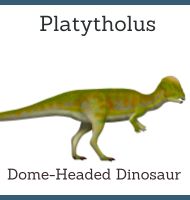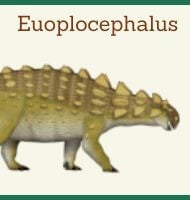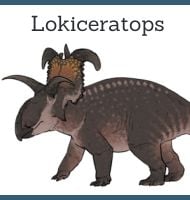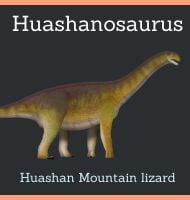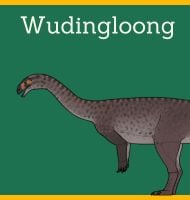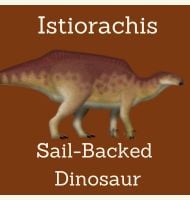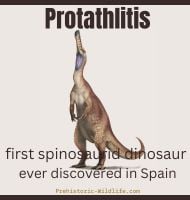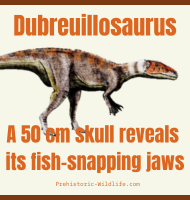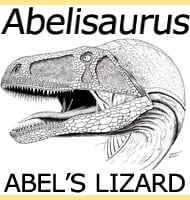Migmanychion
In Depth Migmanychion was a small mysterious theropod dinosaur that lived about 121 million years ago during the Early Cretaceous of what is now Inner Mongolia, China. Its name means “claw mixture,” a reference to the unusual differences in the shape of its hand claws. The main specimen preserves parts of the ribs, a partial … Read more
